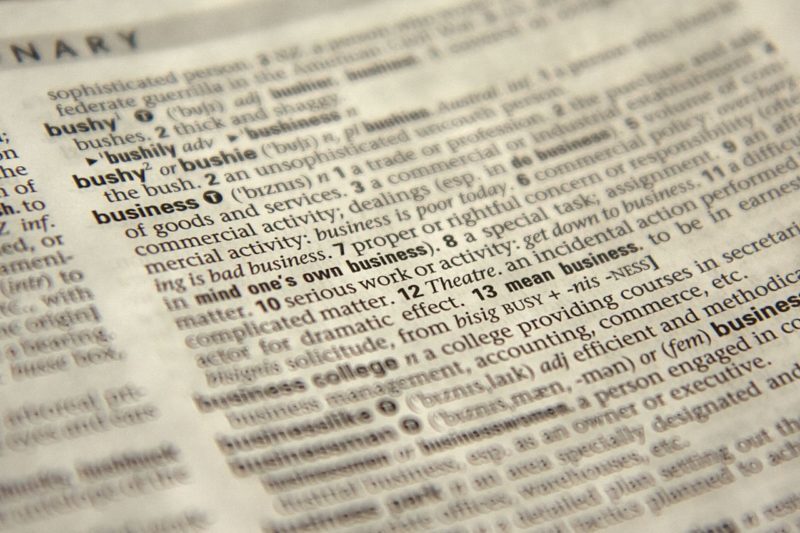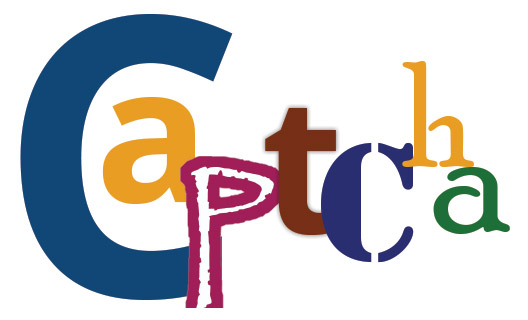Fill out our form, and we'll connect with you within 1 to 2 business days.
Phone: (925) 989-7737

Words like bounce rate, key phrase, and SEO can be helpful in a conversation with your web developer. Consolidated from Amy Hissen’s expanded list, these are terms that should keep you on top of your online marketing…or at least be able to converse about the web without mixing up Meta Descriptions with Key Phrases.
Accessibility
Refers to a web page or web site that people interacting with different kinds of disabilities, the difficulty they can experience due to physical and or technological barriers. A web page or site that address these users limitations is said to be Accessibly friendly.
Algorithm
A set of factors and rules by which search engines determine relevance to compile their SERP rankings.
Back Link
(IBL, inbound link, inlink, incoming link) An incoming link to a page from any other page or site.
Bandwidth
Bandwidth is the amount of data that can be transferred over the network in a fixed amount of time. On the Internet, it is usually expressed in bits per second (bps). A hosting server will allocate your site a fixed amount of bandwidth usage within a regular period of time.
Bounce Rate
The percentage of visitors who leave a site without viewing any page other than the landing page.
CAPTCHA
Program that generates tests which most humans can pass, but computer programs can’t. This verifies the user as human when a form submit button has been activated.
Content
A word you’ll likely see around a lot is “web content” and by definition, content is the ‘stuff’ that makes up a web site. This could be words, pictures, images or sounds. In essence however, when we talk about web content, we are essentially referring to content in a textual nature. Content therefore is the ‘information’ in text form a web site provides.
Domain Name
An unique name that identifies one or more IP addresses. Domain names are used in URLs’ to identify particular Web sites. Every web site is located by its unique IP address.
Hits
Are the individual requests a server answers in order to render a single Web page completely. The page document itself and the various images on the page represent a separate hit.
Hosting
Usually refers to a computer (or a network of servers) that stores the files of a web site which has web server software running on it, connected to the Internet. Your site is then said to be Hosted.
IBL
In-Bound Link; A one-way link from another web site pointing to your web page. Commonly referred to as a backlink.
Interactive
A Web page is interactive when it prompts a response from the user or in some way can interact with the user dynamically (eg; filling out a form or a poll etc).
Key Phrase
Two or more words that form a ‘keyword’ – the words potentially used in a search query that the page has been optimized for.
Keywords
The most popular search terms identified for the subject of your wiki. Many different online tools can help you identify the most effective keywords.
Link (Hyperlink)
An element in an electronic document that links to another place in the same document or to an entirely different document. Typically, you click on the hyperlink to follow the link. Hyperlinks are the most essential ingredient of all hypertext systems, including the World Wide Web.
Meta Description
Meta tag that allows page authors to define how the page will be described in the SERP. Not all engines use this tag; Google uses the first 150 characters [including spaces].
Meta Keyword
Meta tag that identifies the keyword phrase[s] which the page is optimized in an attempt to improve SERP ranking. Due to prior abuse, this tag now carries little weight with the major engines.
Organic Listings
Listings that search engines do not sell (unlike paid listings; see below). Instead, sites appear solely because a search engine has deemed it editorially important for them to be included, regardless of payment. Paid inclusion content is also often considered “organic” even though it is paid for. This is because that content usually appears intermixed with unpaid organic results.
Outbound Links
Links on a particular web page leading to other web pages, whether they are within the same web site or other web sites.
Pixel
Refers to how monitors divide the display screen into thousands or millions of individual dots to display an image. A pixel is one dot.
Ranking
The number (order of ranking; ie 1 being the highest) that a web site is listed for a specific search term in a specific search engine. Search Engines utilize a ranking algorithm (mathematical formulas, variables, and set of weights) to determine a site’s ranking for a particular keyword or keyword phrase.
Resolution
The resolution of an image describes how fine the dots are that make up that image. The more dots, the higher the resolution. When displayed on a monitor, the dots are called pixels. A 640 x 480 screen (resolution) is capable of displaying 640 distinct dots on each of its 480 lines, or about 300,000 pixels.
Redirect
A technique for making a web page available under different URLs. Redirections are often used when moving a page or site to a new domain and to direct visitors to the correct site when registering common domain misspellings
Search Engine
A server (computer) or commonly a collection of servers dedicated to indexing internet web pages, storing the results in a giant database and returning lists of pages which match particular searched queries from within its database. The indexes are normally and automatically generated using spiders.
Search Engine Optimization (SEO)
The act of altering a website so that it rises higher in the organic, crawler-based listings of search engines. SEO strategies and tactics are what ultimately garner “free” traffic or drive users to a website, rather than paying for listings via paid listings on Google, Yahoo, etc.
Site Map
Web page containing links to each page on a site. A site map’s major SEO benefit is to help a spider quickly locate a site’s content and properly index its pages.
Social Media
Web sites that are driven by interactive, user generated content.
Title
The most important area on a web page for keyword placement to affect search engine rankings. Google uses this text as the anchor text linking to your page from the SERP.
Traffic
Similar to a real−world sense of traffic on a road or freeway, traffic in a web−sense is a measurement of the amount of users that visit a Web site.
URL (Uniform Resource Locator)
Each separate page accessible on the Web has a unique address which can by identified by it’s URL. The first part of the address (eg; http or ftp etc) indicates what protocol to use, and the second part specifies the IP address or the domain name where the resource is located.
Usability
Refers to the level or degree of a page’s operating friendliness for the user.
SOURCE: amyhissen.com